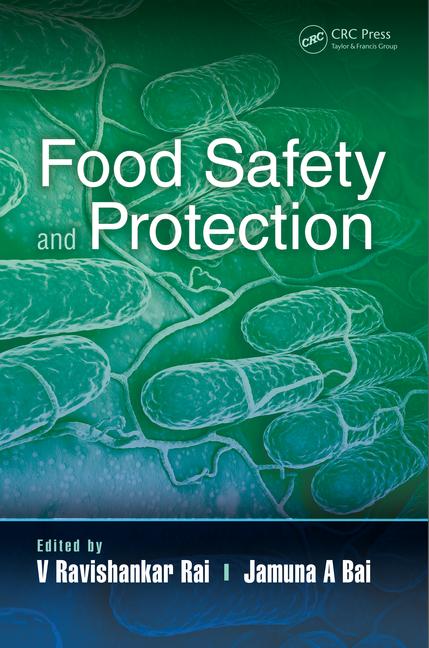Is Raw Milk Increasing Risk in Our Food Supply?

Recently, there has been trend in the marketplace to produce, sell and consume raw, or unpasteurized, milk products. This is being driven by a belief by some consumers that pasteurized milk is not as wholesome as raw or unpasteurized milk—in spite of the facts from many studies that have shown that pasteurization does not significantly change the nutritional value of milk and dairy products.
This movement toward a preference for raw milk products is being adopted by concerned parents, vegetarians and organic food enthusiasts. While they are entitled to their beliefs, the introduction of raw milk for packaging—without pasteurization—into the same facilities producing pasteurized milk products could pose a very real risk to the safety of the food processing and delivery system.
People worldwide have been consuming pasteurized milk since the early 1900s because it is nutritional and safe. The pasteurization process reduces or eliminates pathogenic bacteria, that is, species of Listeria, Campylobacter, Escherichia coli and Salmonella, that cause a number of diseases that lead to sickness, disability and/or death, particularly in younger children.
If the consumers of raw milk products want to accept these disease risks and consume a raw milk product, that is their privilege. But how does this small number of buyers impact the rest of us?
Ask yourself this question: Where are most raw milk products are processed? Answer: In the same facilities that process pasteurized milk products. This means that raw milk products are being introduced to the normally “clean” side of the dairy operation. In this case, “clean” means all apparatus after the kill step of pasteurization that comes into contact with the product.
These dairy products could be milk, cheese, yogurt, sour cream, butter or others. Knowing that pathogenic bacteria could be in the raw milk, contaminants are purposely being introduced into what was previously the clean side of the operation. Thus, the risks of infection have increased for the general public.
If a dairy processor decides to begin producing raw milk products, they must adjust their processes to ensure they can prevent the raw milk products from contaminating the safe dairy products with their control. This will involve a thorough hazard analysis as to how the safe products can become contaminated within the manufacturing process.
Pathogen risks post-pasteurization will obviously increase, therefore, sanitation methods and microbiological testing regimes may have to change. Not to mention the handling of raw milk products in processes such as aging, warehousing and transport. The practices would be kin to the storage and handling of allergens.
When there is such a dramatic change such as the introduction of a known high-risk material into a system that has spent years lowering their risks of food contamination, pre-emptive planning should be in place regardless of the public demand put on the system. This may come in the form of regulation as is prevalent in many states.
In any case, a dairy processor that has been producing pasteurized products who is considering introducing raw milk products to their product portfolios should weigh gains in profits with the much higher risks to the safety of their customers and the potential financial liability to their business.
 Michael J. Pearsall is food safety business development director, UL-DQS Inc. He has over 30 years of professional experience in food and beverage processing, packaging material manufacturing, product development and implementation, process improvement, quality system development and auditing.
Michael J. Pearsall is food safety business development director, UL-DQS Inc. He has over 30 years of professional experience in food and beverage processing, packaging material manufacturing, product development and implementation, process improvement, quality system development and auditing.
Looking for a reprint of this article?
From high-res PDFs to custom plaques, order your copy today!








